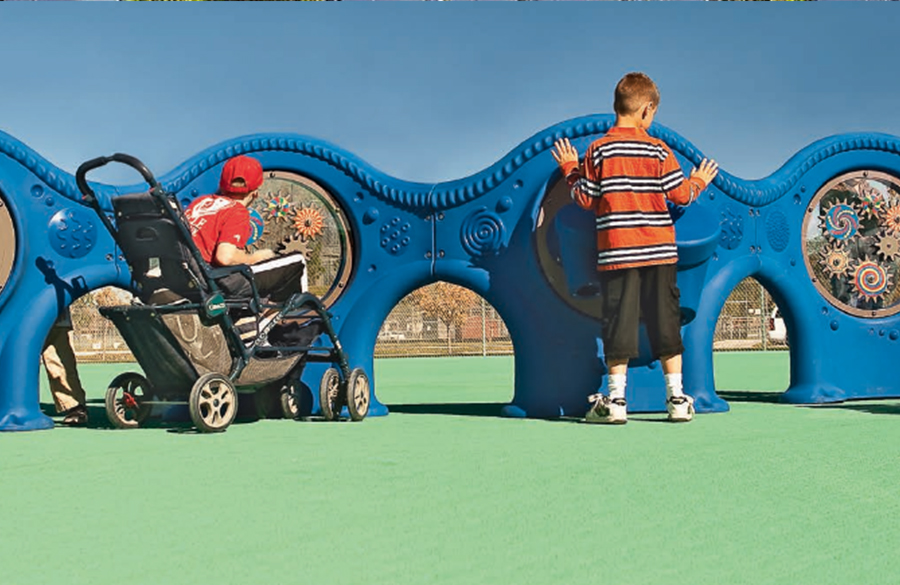he architectural design depends on various factors, among which the climate of a region stays at the top. Understanding a region’s geographical elements and traits helps in enabling the architect to design a building that is efficient, practical, and positively respond to its environmental conditions. Different types of climate demand different approaches to sustain by being adaptive to their surroundings.
The hot and dry climate is experienced in areas that are situated away from the sea coasts, where the temperatures are higher than 30 degrees, where humidity is lower than 55 degrees on an average. It also experiences very little rainfall with a clear sky most of the year. The main objective of the areas that fall under this category will be to reduce heat during summer and provide comfort. One of the oldest forms of architecture under this climate would be the architecture of Mohenjo-daro that is characterized by a grid plan, rectilinear forms, inner courtyards. Likewise, there are certain elements, factors, or guidelines to keep in mind while designing in a hot and dry climate.
Given below are some of the guidelines to be followed while designing a building in a hot and dry climate region.
1. North-South Orientation
Orientation is the most basic and prominent element to consider while designing in a hot and dry climate. The orientation of the building should help in minimizing sun exposure during summer and provide warmth during winter, for which the longer walls of the buildings should face the North and South and avoid west orientation.
The national bank of Abu Dhabi has its longer facades in the northwest and southeast directions.
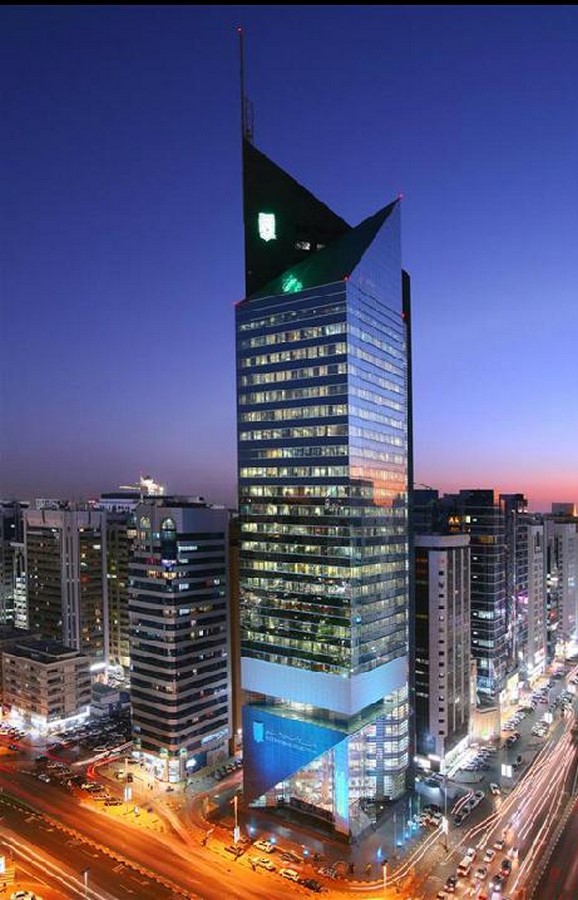
2. Sun-Dried Earth Bricks in Exterior
Sun-dried bricks are well Known to be the poorest conductors of heat hence they make a great choice for the exteriors of the buildings designed in a hot and dry climate.
The inspiration probably came from one of the oldest civilizations of the world, Mohenjo-daro that is made of sun-dried bricks to adapt to hot temperatures.
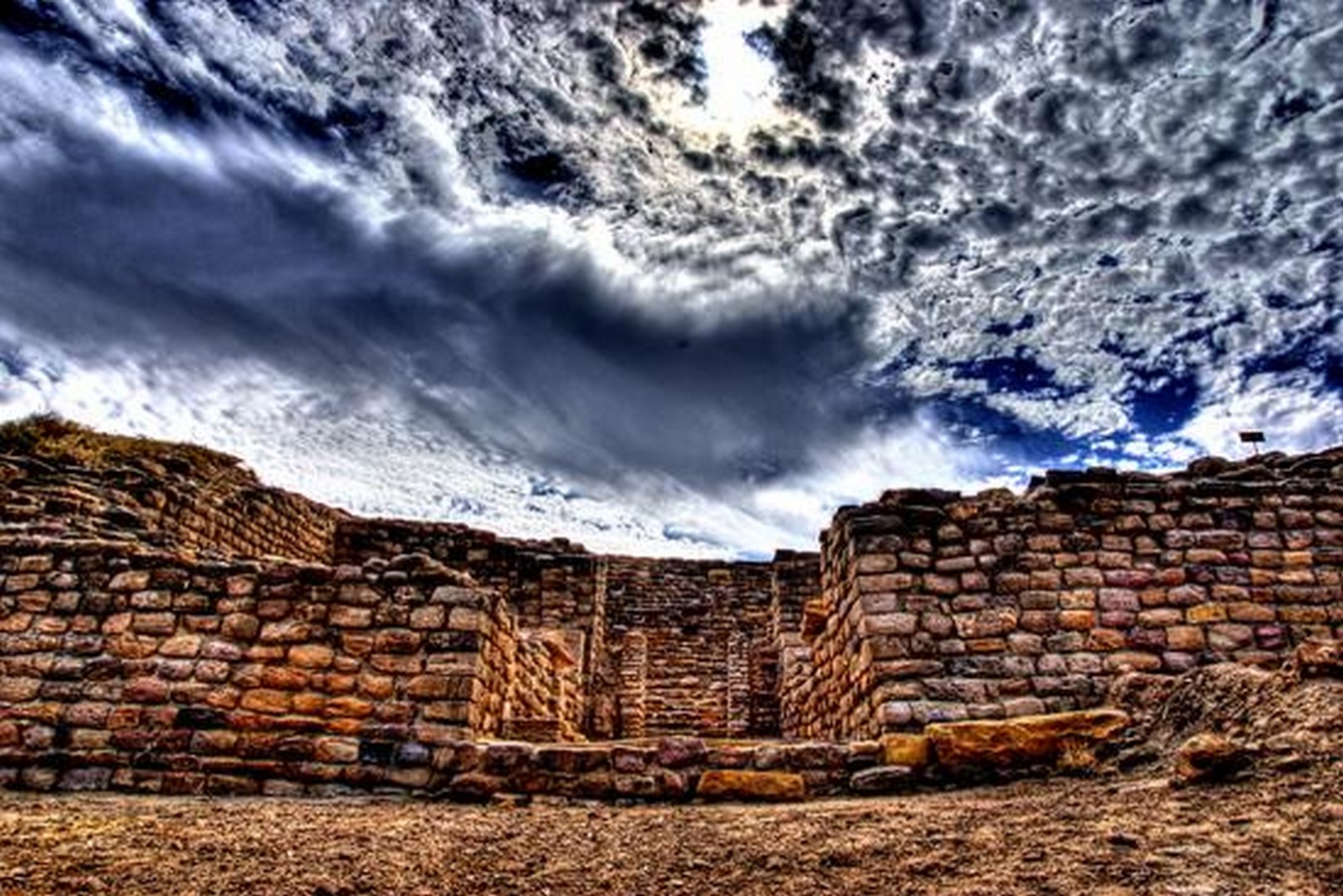
3. Small Window Openings
As much as it is vital to provide ventilation it is also necessary to keep the size of the windows small and minimal in number as to reduce heat when designing in a hot and dry climate.
One of the examples of this feature would be the traditional Bungha house, which is several hundred years old and displays simple but effective features to beat the heat. Among the many features is the two little windows that act as one of the three openings in total to provide ventilation at the same time minimize heat. These houses are so simple in their mode of construction, that they can be built in 30 days with minimal labor but possess efficiency.
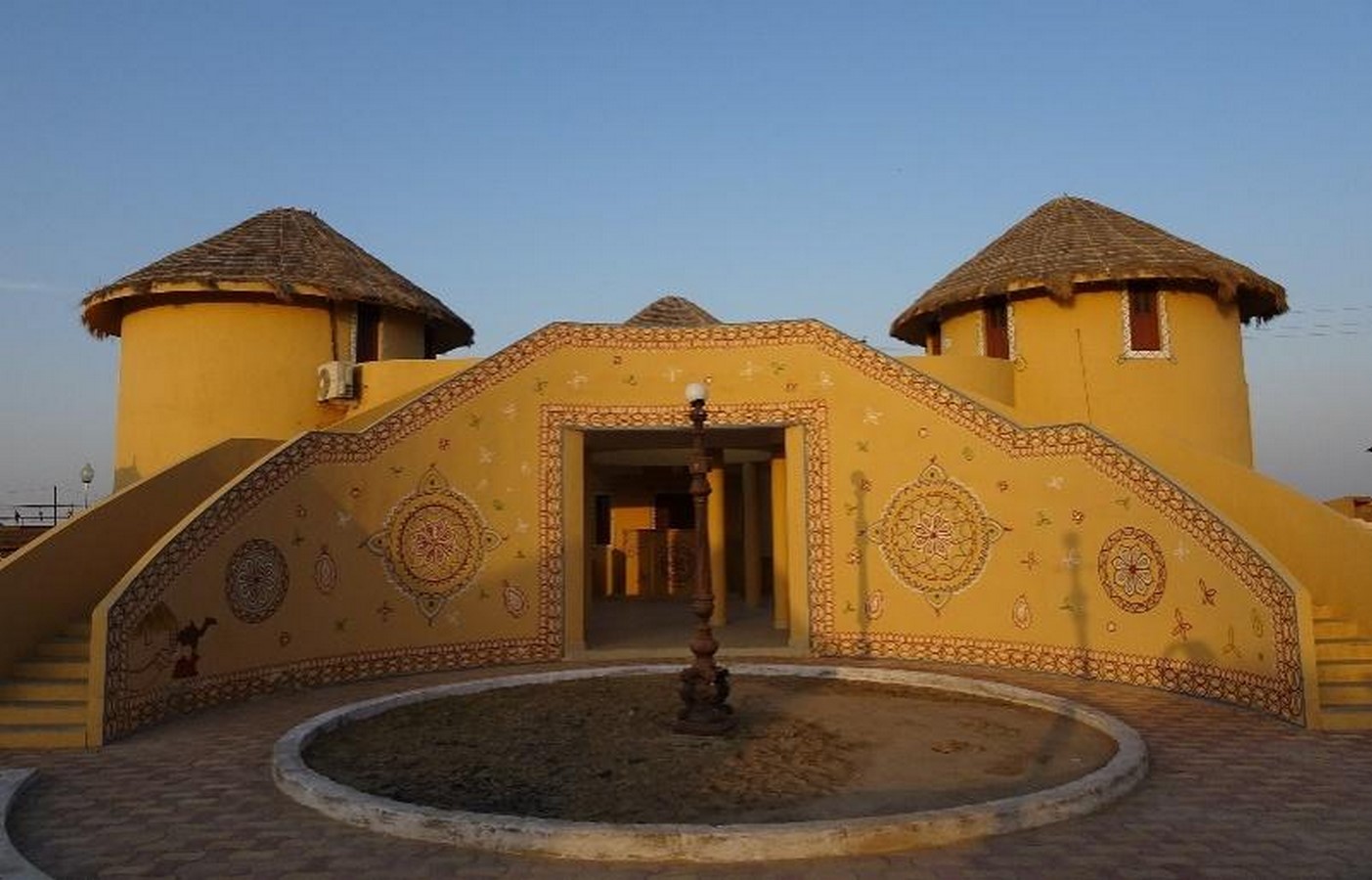
4. Thick and High Exterior Walls
Another great feature to be used in these regions is the usage of thick and high walls with insulation. Two sides of concrete walls with the insulation material in the middle is a smart solution to both temperature-related issues as it helps in keeping the interiors cool during summer and warm during winter.
Houses of Kashan utilize this strategy in their architecture to provide maximum protection from heat and also provide shade.
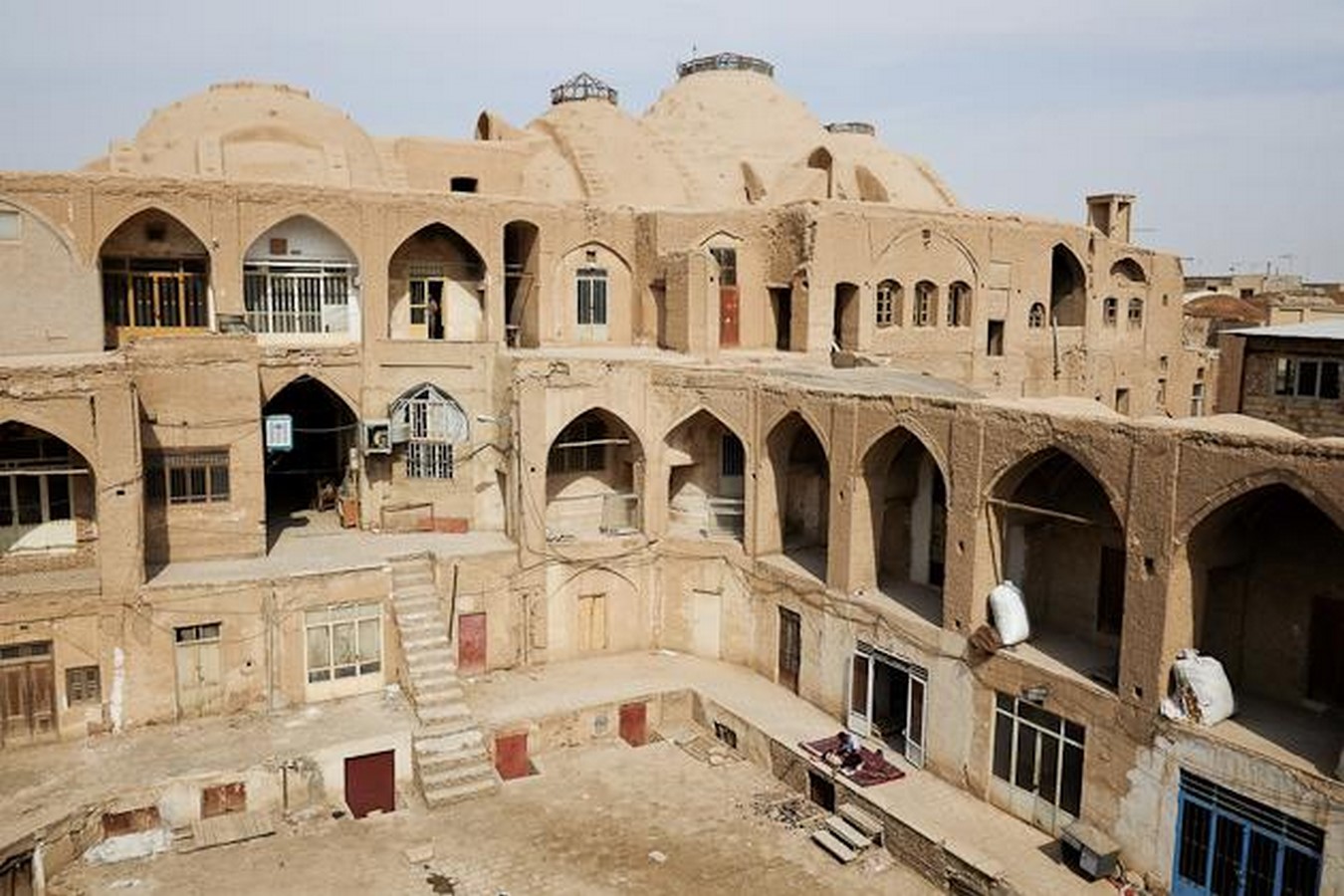
5. Roofing
Roofs suffer the most direct contact with the sun receiving solar radiation throughout the year that affects the ambient temperature. Hence roofs become an essential element to consider while designing for a hot and dry climate. A double roof or single white roof is preferred as they reflect heat to the maximum extent along with a damp roof. Features like a terrace garden or a roof pool may also come in handy while battling this predicament.
Mediterranean houses in Greece, France acts as an example of this specialty.
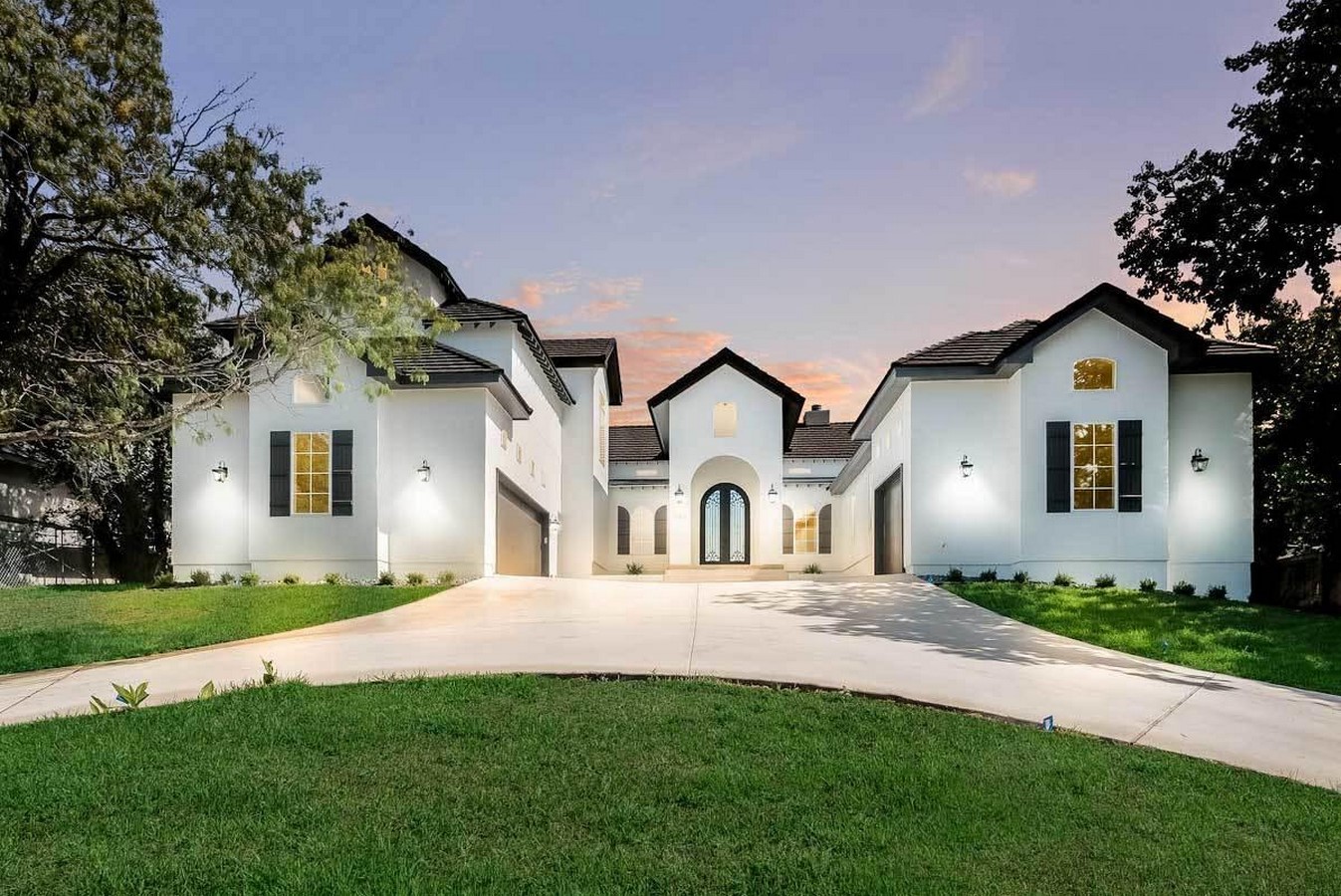
6. Rainwater
Dome roofs join to a container of some sorts surrounding the building helps in storing rainwater that might help in reducing the interior temperature as well as provide preparedness during the dry summer season while designing in a hot and dry climate.
The Trulli houses of South Italy are examples of using this system efficiently.
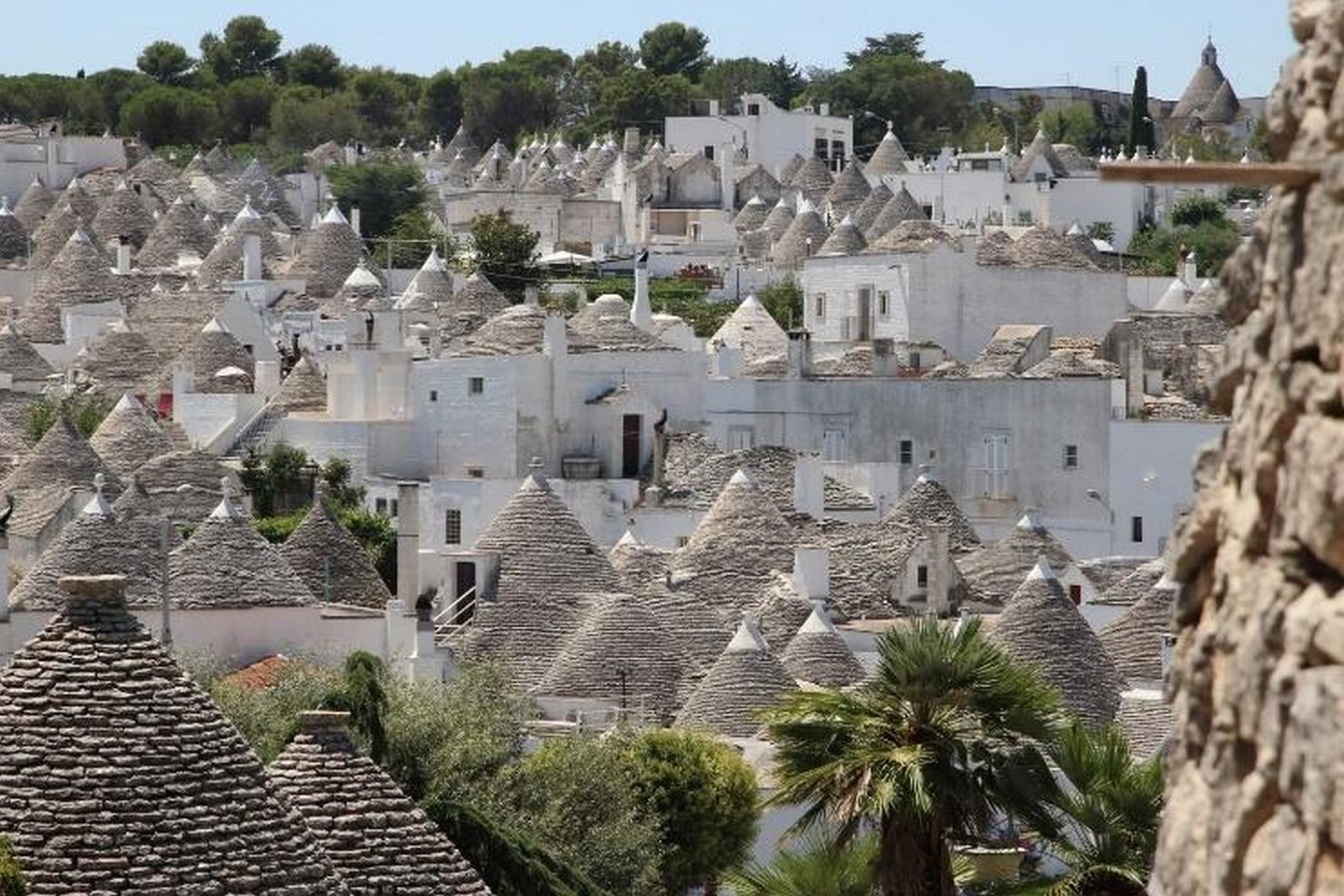
7. Plants and Vegetation
Other than water, plants act as a cooling element in the regions of the hot and dry climate, and that is why vegetation plays a key role. They help in the purification of air along with increasing the humidity. They are placed in and around the building, preferably in the façade, terrace, or courtyard, providing natural shade and maintaining a lower temperature during the summer.
The Parekh House by Charles Correa in Ahmedabad has a garden near the façade which acts as a cooling agent also providing shade during the daytime.
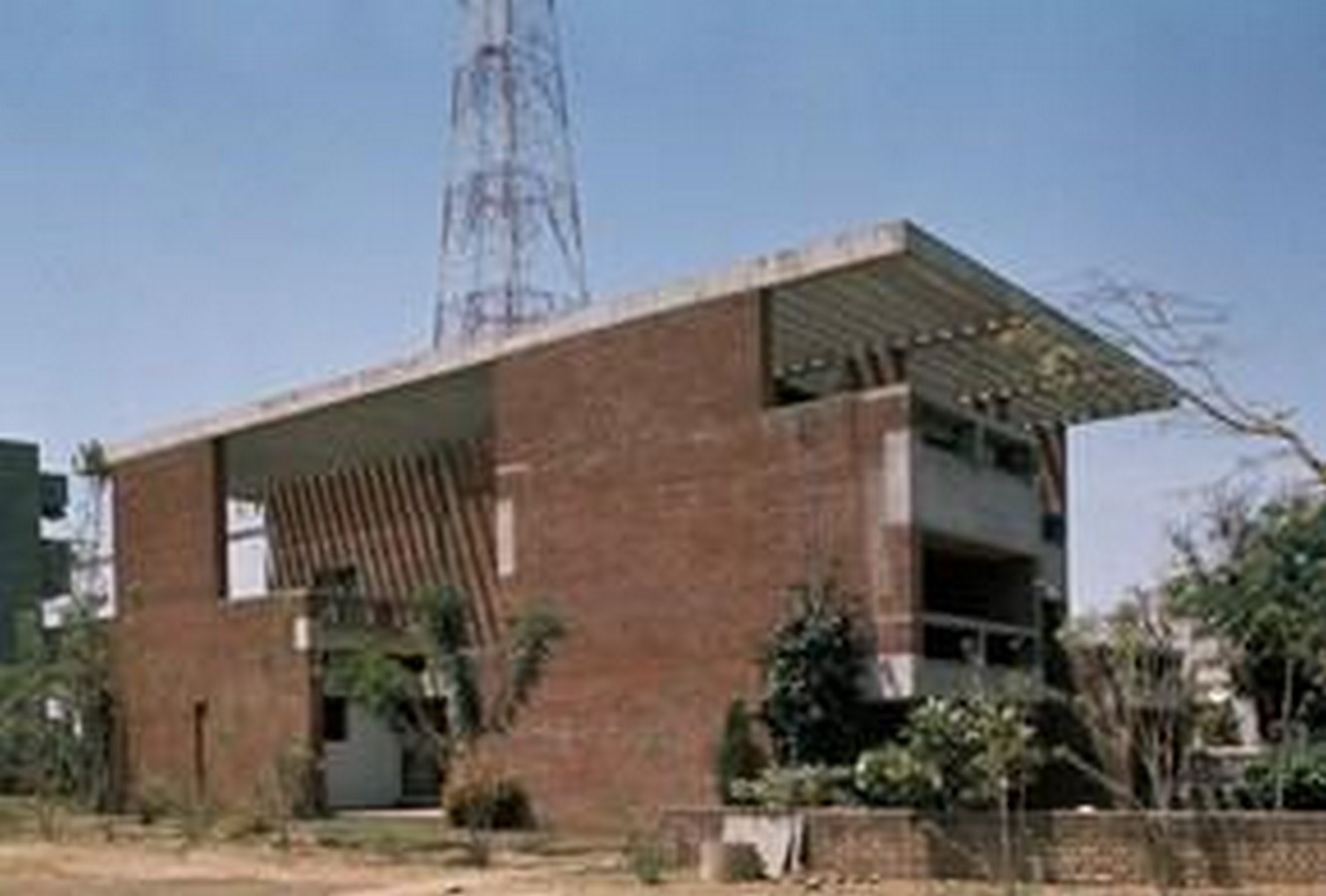
8. Colour
White walls are preferred in the exteriors as they reflect heat, given their high reflection ratio. Cool colors are chosen in interiors for their adaptability to temperatures.
Mediterranean houses act as an example for this feature as well.
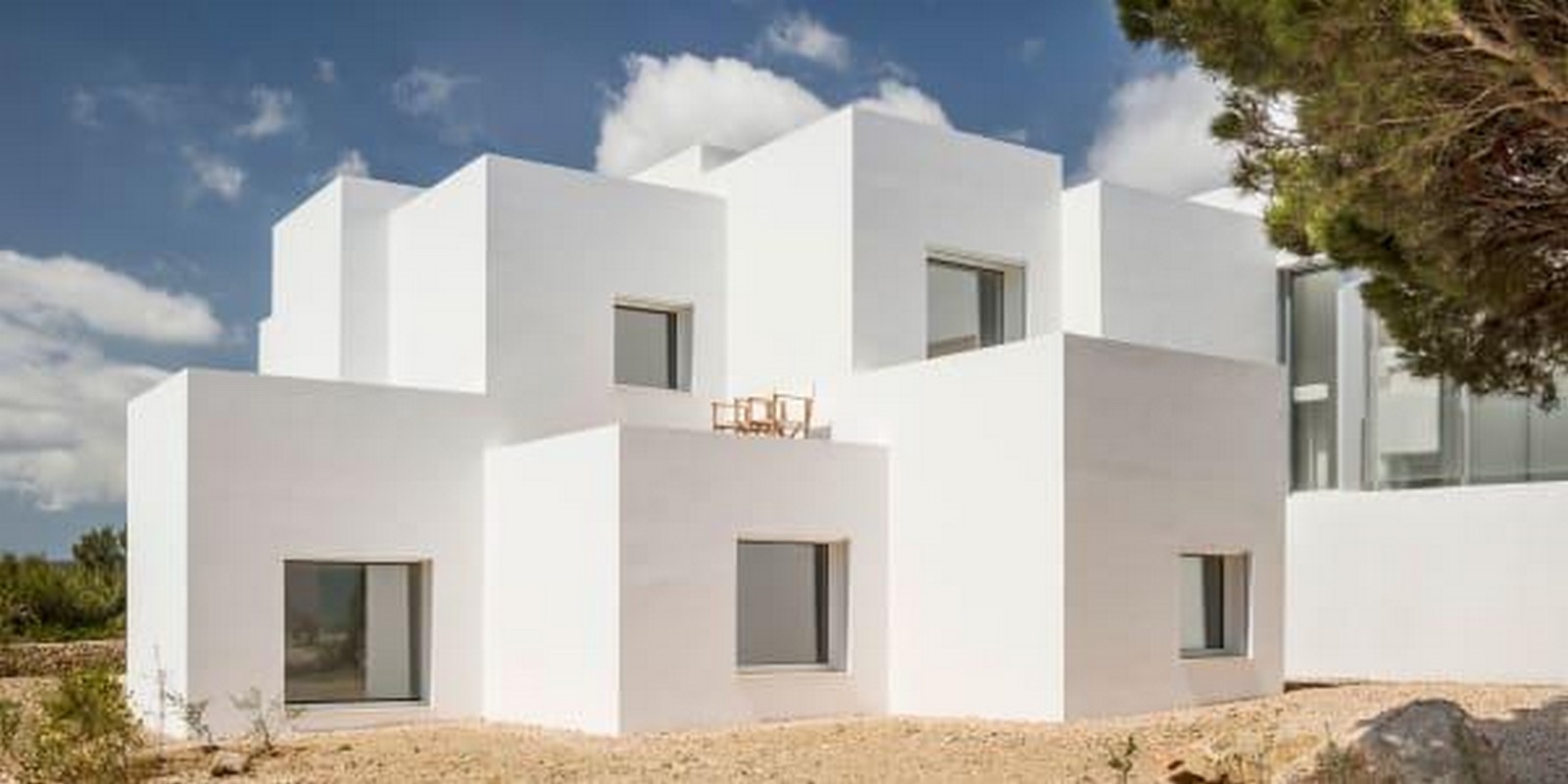
9. Shading Devices/ Elements
While designing in a hot and dry climate, it is important to place shading devices such as awning, shutters, or pergolas to prevent the excessive heat directly penetrating the façade. Devices like visors can be provided on the roof, offering protection to the façade from extreme radiations and thus maintaining a comfortable temperature in the interiors.
The curtain wall system of Al Bahar in Abu Dhabi consists of hi-tech sunscreens that are controlled via a management system to provide maximum heat protection for the facade.
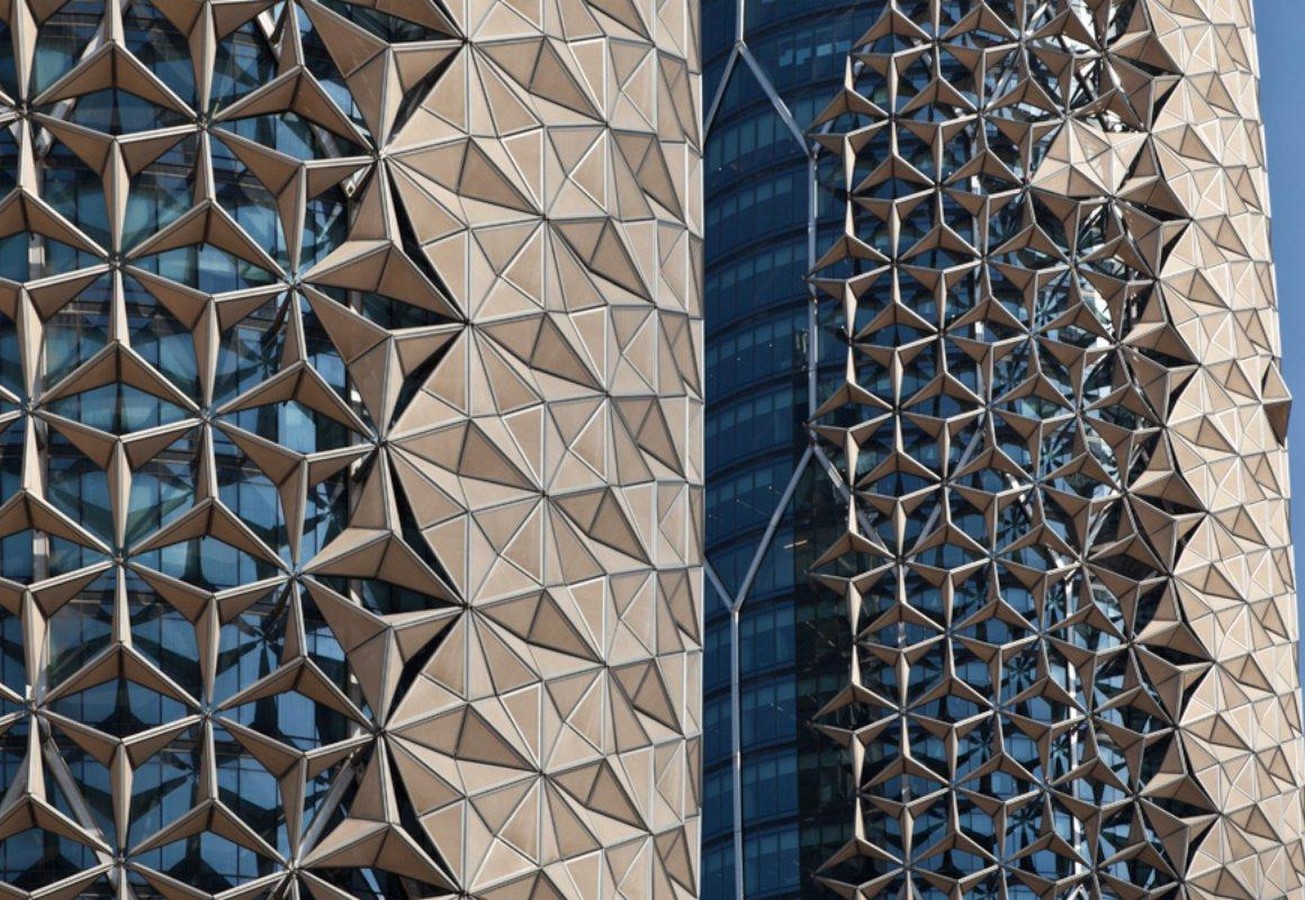
10. Balconies/ Courtyards / Verandahs
These spaces help in cross ventilation and, when covered with pergola and plants, can act as cooling systems helping in reducing the temperature of the interiors when connected.
The Arabic houses that are built in a hot climate to sustain extreme temperatures have a central patio around where other spaces are designed in a layout.











